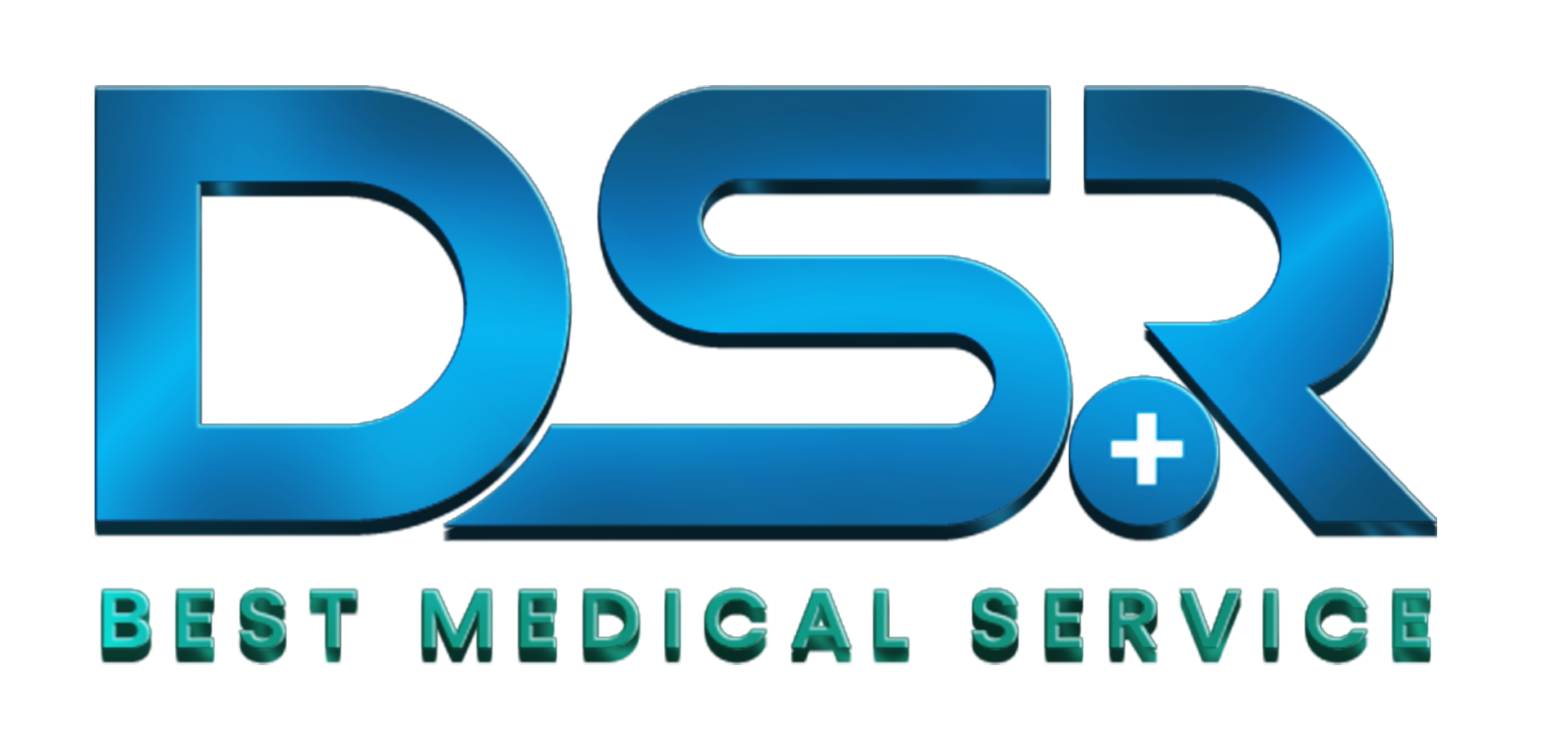Steroid withdrawal or tapering
Indication of steroid therapy
- Endocrine: replacement therapy, Graves ophthalmopathy
- SKIN: Dermatitis, Pemphigus
- Hematologic: Leukemia, lymphoma, hemolytic anaemia, ITP
- GIT: IBD
- Hepatic: CAH, transplantation, organ rejection
- CNS: Cerebral edema, raised ICP, Myasthenia Gravis
- Renal: Nephrotic syndrome, Vasculitidis, transplantation
- Respiratory: Asthma, COPD, TB, Angioedema, Sarcoidosis, Anaphylaxis
- Rheumatologic: SLE, RA, PAN, polymyalgia Rheumatica
Initiation of steroid therapy
- Severity of the disorder
- Presumed duration of therapy
- Exacerbation of pre-existing condition
- Steroid preparation:
- biologic half life
- mineralocorticoid effect
- biologically active form
- cost of medication
- type of formulation
Equivalent dose of steroid (D-PHC: 0.5-5-20-25)
- Prednisolone- 5mg
- Dexamethasone-0.5 mg
- Hydrocortisone- 20 mg
- Cortisone acetate-25 mg
A Checklist for Use Prior to the Administration of Glucocorticoids in Pharmacologic Doses
- Presence of tuberculosis or other chronic infection (chest x-ray, tuberculin test)
- Evidence of glucose intolerance or history of gestational diabetes mellitus
- Evidence of preexisting osteoporosis (bone density assessment in organ transplant recipients or postmenopausal patients)
- History of peptic ulcer, gastritis, or esophagitis (stool guaiac test)
- Evidence of hypertension or cardiovascular disease
- History of psychological disorders
Supplementary Measures to Minimize Undesirable Metabolic Effects of Glucocorticoids
- Monitor caloric intake to prevent weight gain
- Restrict sodium intake to prevent edema and minimize hypertension and potassium loss.
- Provide supplementary potassium if necessary.
- Provide antacid, PPI
- Institute alternate-day steroid schedule if possible.
- Patients receiving steroid therapy over a prolonged period should be protected by an appropriate increase in hormone level during periods of acute stress. A rule of thumb is to “double the maintenance dose”.
- Minimize osteopenia by
- Administering gonadal hormone replacement therapy: 0.625-1.25 mg conjugated estrogens given cyclically with progesterone, unless the uterus is absent; testosterone replacement for hypogonadal men
- Ensuring high calcium intake (should be approximately 1200 mg/d)
- Administering supplemental vitamin D if blood levels are reduced.
- Administering bisphosphonate prophylactically, orally or parenterally, in high-risk patients
HPA axis suppression
- Repeated short course therapy in preceding year
- Evening dose of steroid
- Suppression invariable if prednisolone dose>15 mg/day, variable if between 5- 15 mg/day for long duration
- Unlikely if any dose used for < 3 weeks
When to suspect HPA suppression
- Chronic steroid therapy in supraphysiologic dose
- Feature of iatrogenic Cushing syndrome:
- Metabolic feature more common: HTN, DM or IGT, osteoporosis, AVN of neck of femur
- Ocular feature more common
- Acute pancreatitis
- Uncommon feature: Hirsutism, oligo/amenorrhoea
- In absence of replacement therapy symptoms of steroid deficiency:
- anorexia, nausea, vomiting, body ache, abdminal Pain, desquamation, crisis if abrupt withdrawal
- Plasma cortisol, 24-hr-UFC low with suppressed ACTH
Steroid withdrawal protocol
-
- The suppressed axis may take 6-9 months to recover
- At first recovery of CRH, then ACTH, finally cortisol
- After remission of primary disease, continue current dose for 4-6 weeks
- If dose > 40 mg/day:
- taper by 10 mg at 2 week interval
- When between 20-40 mg/day
-
-
- taper by 5 mg at 2 week interval
- When between 7.5 – 20 mg/day
- taper by 2.5 mg at 2 week interval to 7.5mg/day
-
- Then 1mg every 2-4 days up to 5mg/day
- Then go to alternate day regime if desired, OR,
- change to hydrocortisone 20 mg/day and taper to 10 mg/day by 2.5mg/week
- Continue physiologic replacement dose for 2-3 months.
- Then do basal cortisol level at 9.00 AM before the next dose.
< 3µgm/dl 3-20µgm/dl >20µgm/dl
Continue as before SST Recovered HPA Axis,
so discontinue therapy
basal cortisol after 3 months S. cortisol > 550 → withdraw
- Cortisol < 550 → ?
[Hydrocortisone is short acting so serum basal cortisol can be measured without error in result; same to alternative day therapy (after one day off serum cortisol is measured.]
Synacthen test
- Short Synacthen test
- long Synacthen test
- Low dose SST
